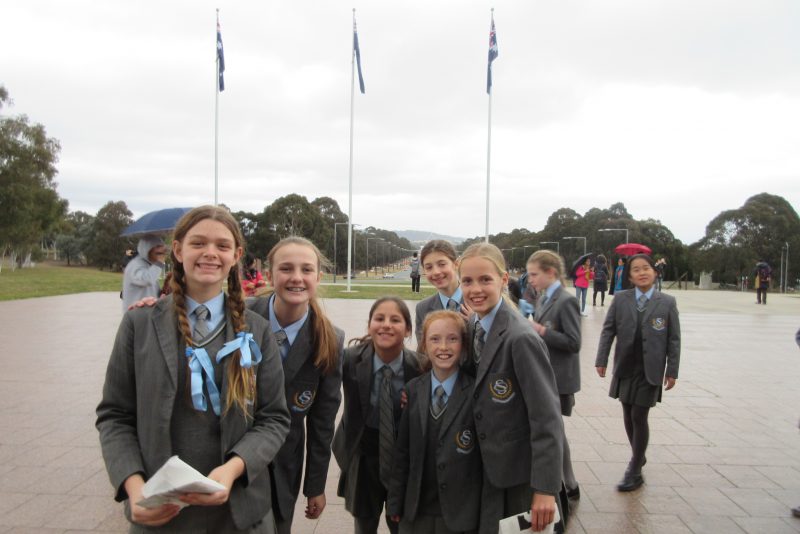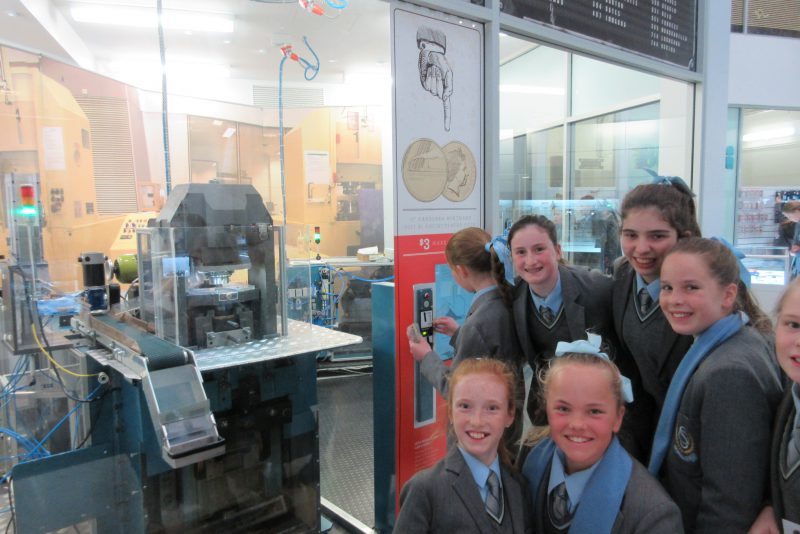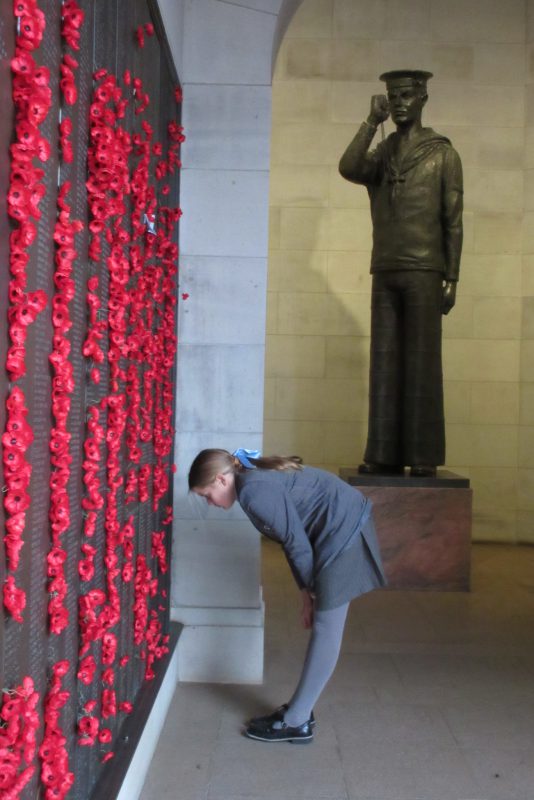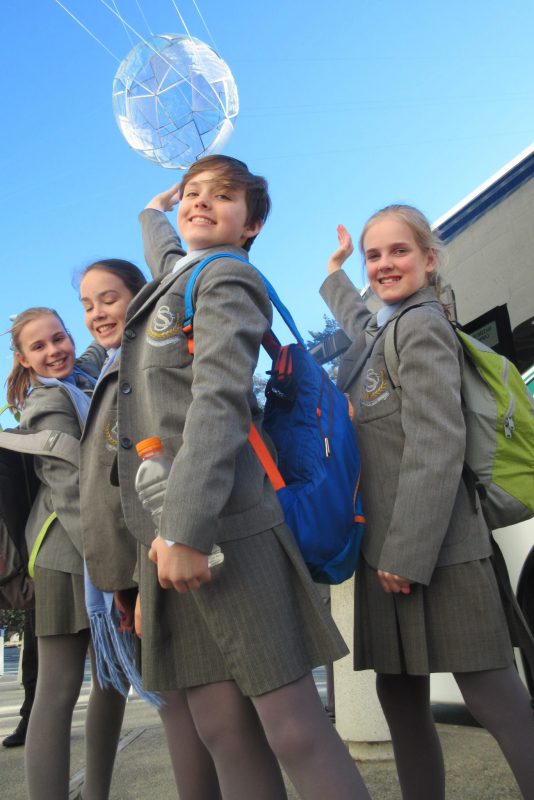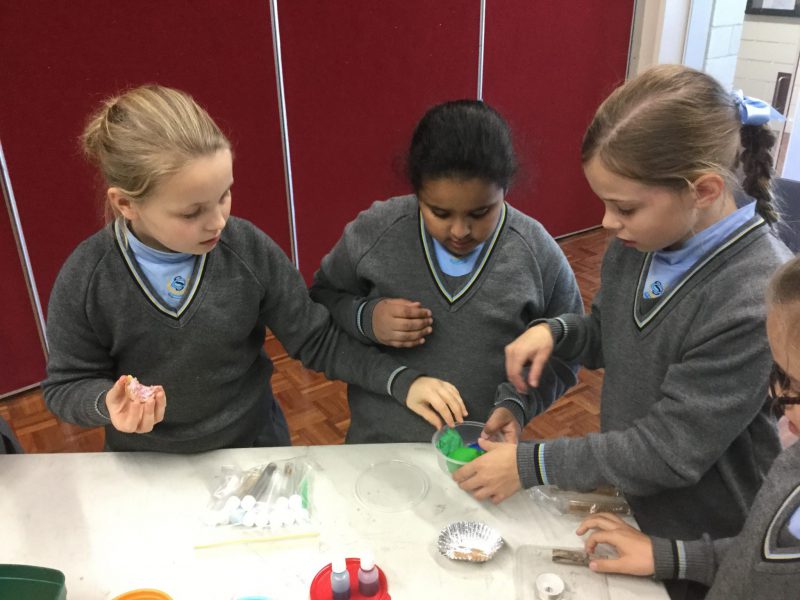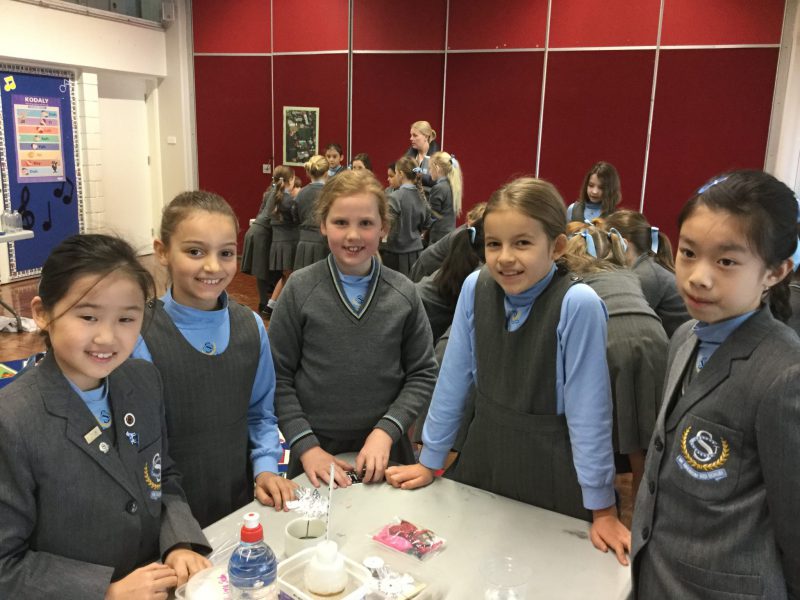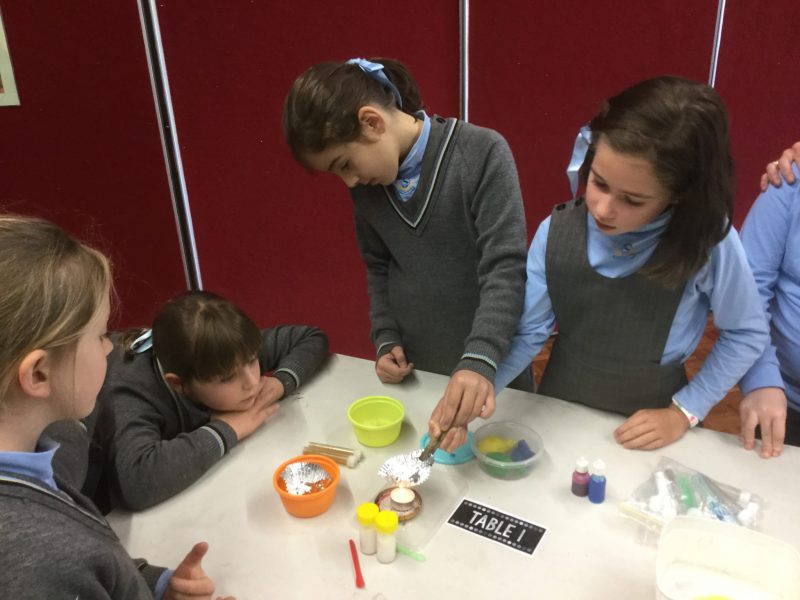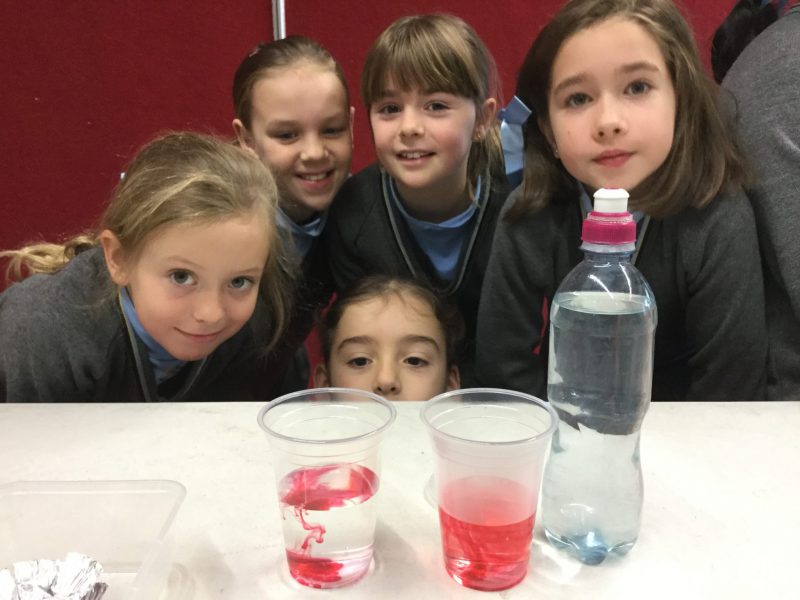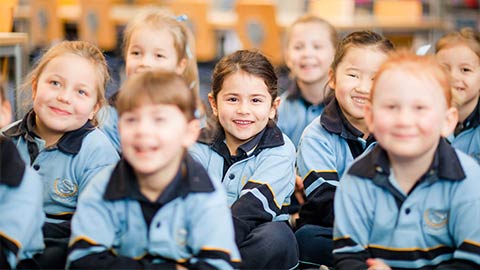Barbreck News
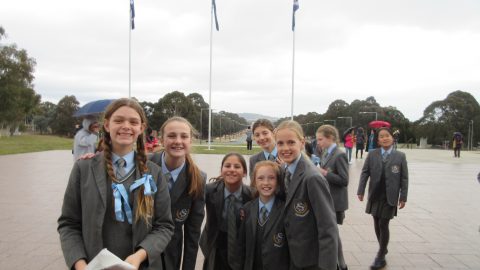
Year 6 in Canberra
The recent educational tour of the national capital was thoroughly enjoyed by our Year 6 students. They were provided the opportunity to participate in a variety of educational programs with a focus on Australia’s history, culture, heritage and democracy.
The Australian Government continues to recognise the importance of all young Australians being able to tour Canberra as part of their Civics and Citizenship education. The Government assists in meeting the cost of the trip by contributing funding through the Parliament and Civics Education Rebate Program.
Year 6 students share their experiences:
“Canberra was an amazing opportunity to learn more about parliament and the government. Parliament House was huge, it has over 4000 rooms. It was great to see the House of Representatives and the Senate. My favourite part of the tour was Cockington Green, a miniature village. It was interesting because they included every detail and it looked realistic. Canberra is a really great place to visit and I enjoyed spending time with my friends.”
Phoebe Hogan (Year 6)
“I really enjoyed visiting the Australian War Memorial. It was really sad to learn about all the soldiers who died, those that were injured and those that didn’t fight but still received bravery medals. I learnt about a nurse called Rachel who was struck by a metal bomb and the metal went into her lungs and even though she was hurt she helped others injured by the bomb. I felt very touched when I visited the grave of the unknown soldier. It made me very proud. Canberra taught me so much.”
Coco Kudelka (Year 6)
“Recently, Year 6 went to Canberra. We experienced a lot of fun and exciting things, however the highlight for me was staying at the Australian Institute of Sport (AIS). I enjoyed exploring the campus and saying hello to athletes that had competed in the Rio Olympics. It was interesting to hear about their training schedule. There was one person called Jesse Aungles who gave us a tour of the AIS. He is an Australian Paralympic swimmer. He told us he had to wear a blue light in his goggles to keep him awake during training for the Rio Olympics because most of his races were at 1.00am! Overall I loved Canberra!”
Isla Forsyth (Year 6)
‘Hands-On-Science’ – Heat & Energy Incursion – Year 3
One of the key beliefs that underpins the approach to teaching Science and a STEM-based curriculum in Barbreck is ‘Learning by Doing’.
‘To understand and store information effectively it is best to operate practically, manipulate, simulate, use the entire body, but on one condition: that the experience is accompanied by thought, by reflection. Thus the key to effective learning by doing is learning by thinking! Reflect on experience, revise, integrate; make new experience, reflect, revise and integrate again- a continuous cycle of experience and reflection.” The Prospects for Teaching in Virtual Worlds
Recently, Year 3 applied the approach of ‘learning by doing’ by inviting the program, ‘Hands-on-Science’ to Barbreck to further explore and deepen their knowledge and understanding about the concepts of heat and energy, solids and liquids. Building upon the activities and concepts covered in class, over two sessions, the students worked in small groups performing a range of ‘hands-on’ experiments. Some of these included measuring the changes in temperature of liquids, heating sugar and citric acid, making a spinning top spin from heat from a candle, and performing chemical reactions by adding water or heat.
The students’ engagement and level of enthusiasm was demonstrated by the quality of their questions and answers and the collaborative way in which they created and shared their learning together. From the rich and authentic learning experiences, the students continued their thinking and learning back in class through discussions and written reflections. The opportunity to think and perform a diverse and engaging range of experiments, like a scientist, provided the students with an explicit and hands-on science experience.
Please enjoy some of the students’ comments about their experience:
“… It was amazing conducting all the experiments. In one experiment … we had different bottles. One of the bottles had wool around it, one had some bubble wrap around it and one had nothing around it. Each bottle had warm water inside. We put a thermometer in each bottle and each bottle had a different temperature.
Giselle Upton (Year 3)
“… we did lots of amazing experiments. One of them was using glycerine and garden crystals and putting them on a foil pan to see a reaction, we had to wait a little for it to react. When it did react, the reaction was so cool it just went up in flames, it was awesome.
Emma Peele (Year 3)
I liked how there were so many different experiments to perform. I also learnt that yeast and warm water in a bottle with a balloon on the top fills the balloon with air.
Giselle Mangano (Year 3)
My favourite experiment was creating flames made from a reaction using garden crystals and glycerine. I love doing science experiment at home, if fact I like science.
Clover Oxley (Year 3)
Ms Catherine Samuel, Deputy Head of Junior School
Managing and explaining the news to our children
We are all aware that with increased use of technology, comes a considerable increase in access and exposure to information for our children. This includes the news children are exposed to on a daily and even hourly basis.
Children receive their news from many sources, which are not always correct or appropriately targeted towards young audiences. Since much of this content is designed for adult audiences, what children see, hear or read might not always be age-appropriate or accurate. Many can feel worried, frightened, angry or even guilty. These anxious feelings can last long after the news event is over. What can you do as a parent to help your children deal with all this information?
Common-Sense Media suggests some of the following strategies, dependent on your child’s age, temperament and maturity.
- Monitor what news is in ear shot or within sight of your child.
- Stress that your family is safe and reassure them. Often at this age, children are most concerned with your safety and separation from you.
- Be together when viewing news, and expose them to comforting and positive news.
- Carefully consider your child’s maturity and temperament when deciding what they may or may not be ready to understand and process.
- Be available for questions and conversation.
- Talk about — and filter — news coverage.
- Check in with your child as to what they may have seen or heard outside of their time with you.
- Listen to them and their points of view.
To read further about this click here.
Parking across driveway in Heyington Place
Parents are urged to refrain from parking across the driveway into the ELC and Junior School areas or partially obstructing vehicle access.
Parking across driveways is illegal. Recently, we have had some days in which the vehicle which delivers the Junior School lunches from the Senior School has not been able to achieve access.
The cars have belonged to parents who have dropped into the school, perhaps only for a short visit, however, it has been problematic.
We thank parents for your cooperation.


